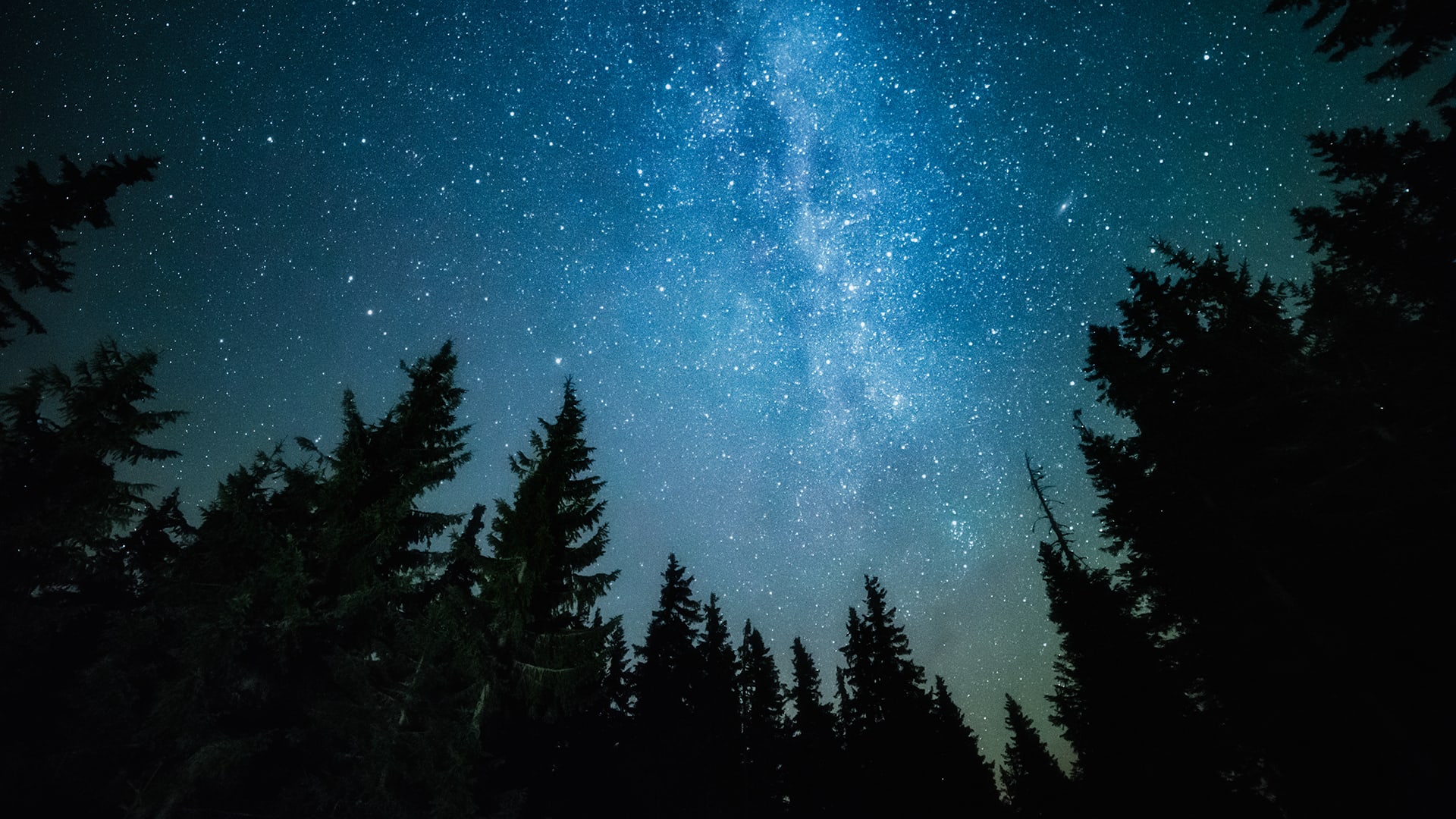
¿Por qué se ven las estrellas en la noche?
Scroll for prep

Please wait…
This video is having trouble loading. You may have lost your Internet connection.
Step 1: Click to Reload this page
Step 2: Click to
Try our other video player
Step 3: contact support if trouble persists.
Or,
dismiss this message.
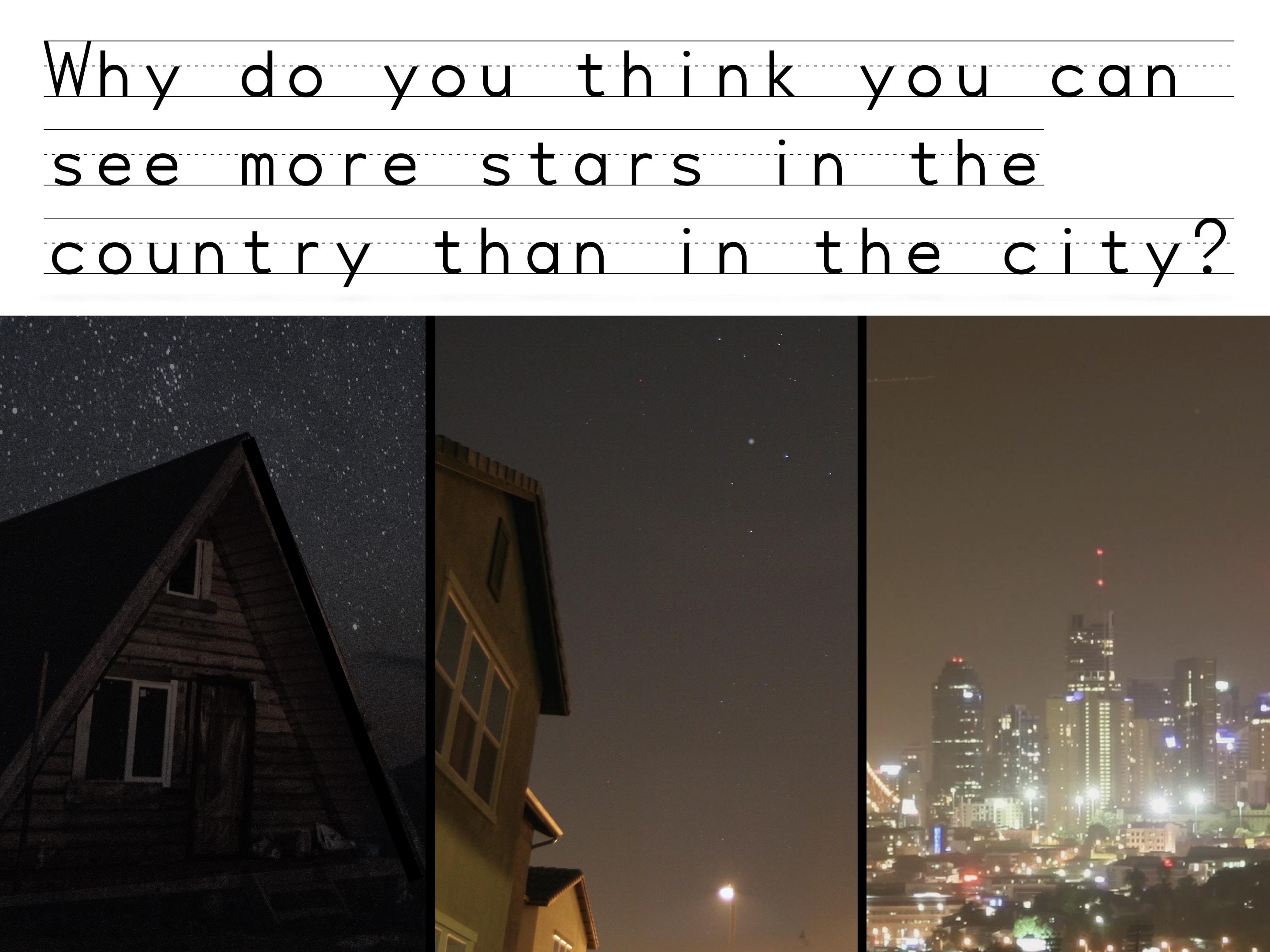
¿Por qué crees que se ven más estrellas en el campo que en la ciudad?
¿Por`qué`crees`que
se`ven`las
estrellas`en`la
noche?`¿Por`qué`no
las`puedes`ver
durante`el`día?
se`ven`las
estrellas`en`la
noche?`¿Por`qué`no
las`puedes`ver
durante`el`día?

Please wait…
This video is having trouble loading. You may have lost your Internet connection.
Step 1: Click to Reload this page
Step 2: Click to
Try our other video player
Step 3: contact support if trouble persists.
Or,
dismiss this message.
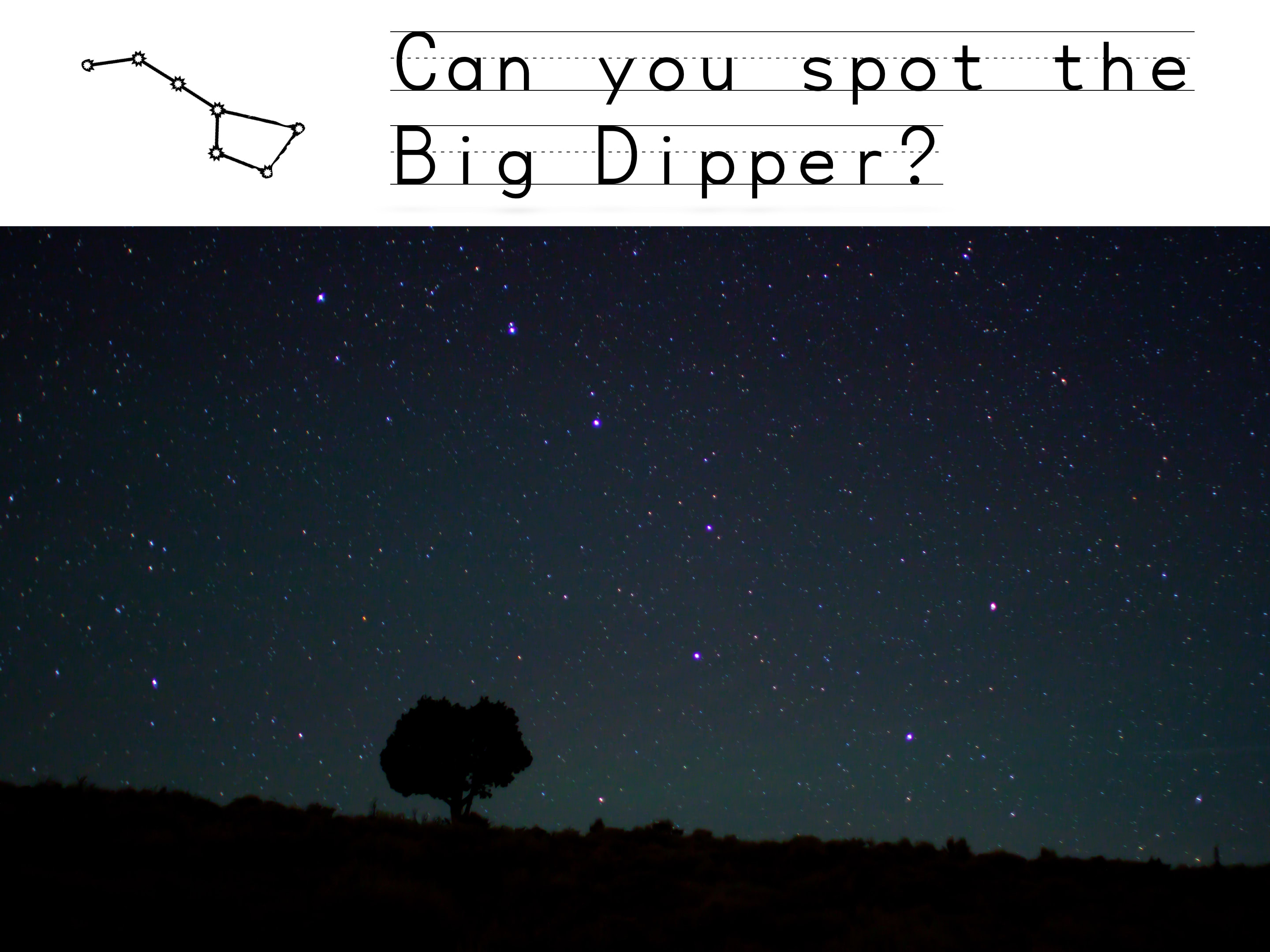
¿Puedes encontrar El Carro?
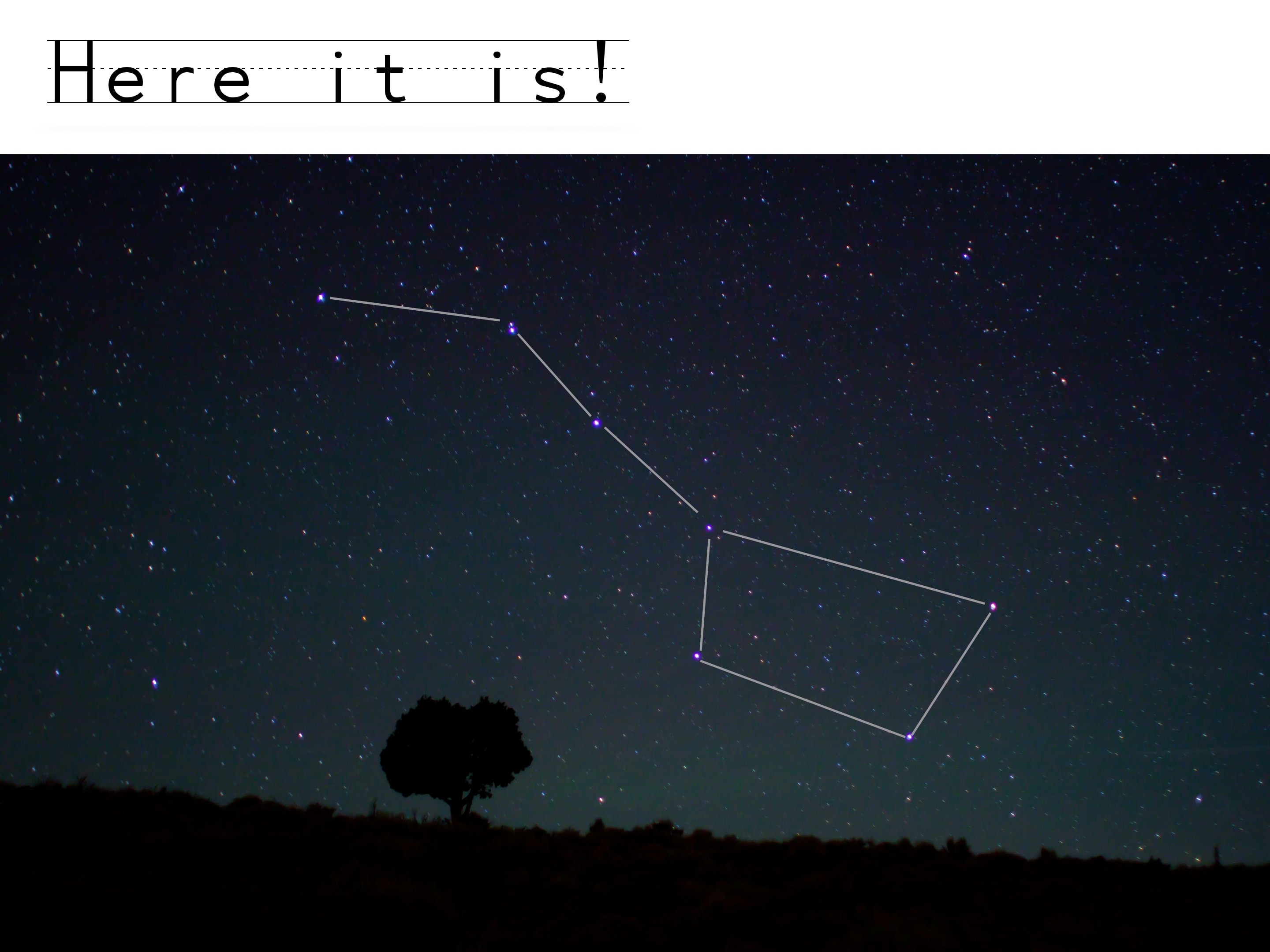
¡Aquí está!

Please wait…
This video is having trouble loading. You may have lost your Internet connection.
Step 1: Click to Reload this page
Step 2: Click to
Try our other video player
Step 3: contact support if trouble persists.
Or,
dismiss this message.

Please wait…
This video is having trouble loading. You may have lost your Internet connection.
Step 1: Click to Reload this page
Step 2: Click to
Try our other video player
Step 3: contact support if trouble persists.
Or,
dismiss this message.
Paso
01/15
01/15
Obtén tus materiales.

Please wait…
This video is having trouble loading. You may have lost your Internet connection.
Step 1: Click to Reload this page
Step 2: Click to
Try our other video player
Step 3: contact support if trouble persists.
Or,
dismiss this message.
Paso
02/15
02/15
Recorta tu dibujo de la constelación cortando a lo largo de la línea
punteada.
punteada.

Please wait…
This video is having trouble loading. You may have lost your Internet connection.
Step 1: Click to Reload this page
Step 2: Click to
Try our other video player
Step 3: contact support if trouble persists.
Or,
dismiss this message.
Paso
03/15
03/15
Usa una calcomanía para pegar el dibujo de la constelación en la parte
de abajo del vaso de papel.
de abajo del vaso de papel.

Please wait…
This video is having trouble loading. You may have lost your Internet connection.
Step 1: Click to Reload this page
Step 2: Click to
Try our other video player
Step 3: contact support if trouble persists.
Or,
dismiss this message.
Paso
04/15
04/15
Usa una tachuela para hacer un hoyo en cada estrella de la
constelación.
constelación.

Please wait…
This video is having trouble loading. You may have lost your Internet connection.
Step 1: Click to Reload this page
Step 2: Click to
Try our other video player
Step 3: contact support if trouble persists.
Or,
dismiss this message.
Paso
05/15
05/15
Consigue una lámpara.

Please wait…
This video is having trouble loading. You may have lost your Internet connection.
Step 1: Click to Reload this page
Step 2: Click to
Try our other video player
Step 3: contact support if trouble persists.
Or,
dismiss this message.
Paso
06/15
06/15
Es hora de apagar las luces y de cubrir las ventanas.

Please wait…
This video is having trouble loading. You may have lost your Internet connection.
Step 1: Click to Reload this page
Step 2: Click to
Try our other video player
Step 3: contact support if trouble persists.
Or,
dismiss this message.
Paso
07/15
07/15
Detén el vaso sobre tu escritorio y apunta la luz de tu lámpara a
través del vaso. Mueve la lámpara para encontrar qué posición
hace que se vea la constelación.
través del vaso. Mueve la lámpara para encontrar qué posición
hace que se vea la constelación.

Please wait…
This video is having trouble loading. You may have lost your Internet connection.
Step 1: Click to Reload this page
Step 2: Click to
Try our other video player
Step 3: contact support if trouble persists.
Or,
dismiss this message.
Paso
08/15
08/15
Conversemos:

Please wait…
This video is having trouble loading. You may have lost your Internet connection.
Step 1: Click to Reload this page
Step 2: Click to
Try our other video player
Step 3: contact support if trouble persists.
Or,
dismiss this message.
Paso
09/15
09/15
Encuentra un compañero o compañera con quien trabajar. Decidan
quién será el Creador de Estrellas y quién será la Luz del Sol.
quién será el Creador de Estrellas y quién será la Luz del Sol.

Please wait…
This video is having trouble loading. You may have lost your Internet connection.
Step 1: Click to Reload this page
Step 2: Click to
Try our other video player
Step 3: contact support if trouble persists.
Or,
dismiss this message.
Paso
10/15
10/15
Ve a una estación de trabajo. Busca una hoja con un dibujo del cielo
como esta.
como esta.

Please wait…
This video is having trouble loading. You may have lost your Internet connection.
Step 1: Click to Reload this page
Step 2: Click to
Try our other video player
Step 3: contact support if trouble persists.
Or,
dismiss this message.
Paso
11/15
11/15
Creador de estrellas: usa tu vaso de estrellas para hacer brillar la
constelación en el cielo.
constelación en el cielo.

Please wait…
This video is having trouble loading. You may have lost your Internet connection.
Step 1: Click to Reload this page
Step 2: Click to
Try our other video player
Step 3: contact support if trouble persists.
Or,
dismiss this message.
Paso
12/15
12/15
Luz del Sol: Prende tu lámpara y mueve tu luz en el cielo sobre el papel
como lo hace el sol cuando amanece. ¿Qué sucede cuando la luz llega
a donde está la constelación?
como lo hace el sol cuando amanece. ¿Qué sucede cuando la luz llega
a donde está la constelación?

Please wait…
This video is having trouble loading. You may have lost your Internet connection.
Step 1: Click to Reload this page
Step 2: Click to
Try our other video player
Step 3: contact support if trouble persists.
Or,
dismiss this message.
Paso
13/15
13/15
Luz del Sol: empieza con tu luz en lo alto del cielo y comienza a bajarla
como cuando se pone el Sol. ¿Qué sucede?
como cuando se pone el Sol. ¿Qué sucede?

Please wait…
This video is having trouble loading. You may have lost your Internet connection.
Step 1: Click to Reload this page
Step 2: Click to
Try our other video player
Step 3: contact support if trouble persists.
Or,
dismiss this message.
Paso
14/15
14/15
Cambien de responsabilidades. Observa el amanecer y el atardecer
de nuevo. ¿Qué le pasa a la constelación?
de nuevo. ¿Qué le pasa a la constelación?

Please wait…
This video is having trouble loading. You may have lost your Internet connection.
Step 1: Click to Reload this page
Step 2: Click to
Try our other video player
Step 3: contact support if trouble persists.
Or,
dismiss this message.
Paso
15/15
15/15
Mira lo que pasó cuando yo lo hice y platica sobre tus respuestas a
las preguntas.
las preguntas.

Please wait…
This video is having trouble loading. You may have lost your Internet connection.
Step 1: Click to Reload this page
Step 2: Click to
Try our other video player
Step 3: contact support if trouble persists.
Or,
dismiss this message.
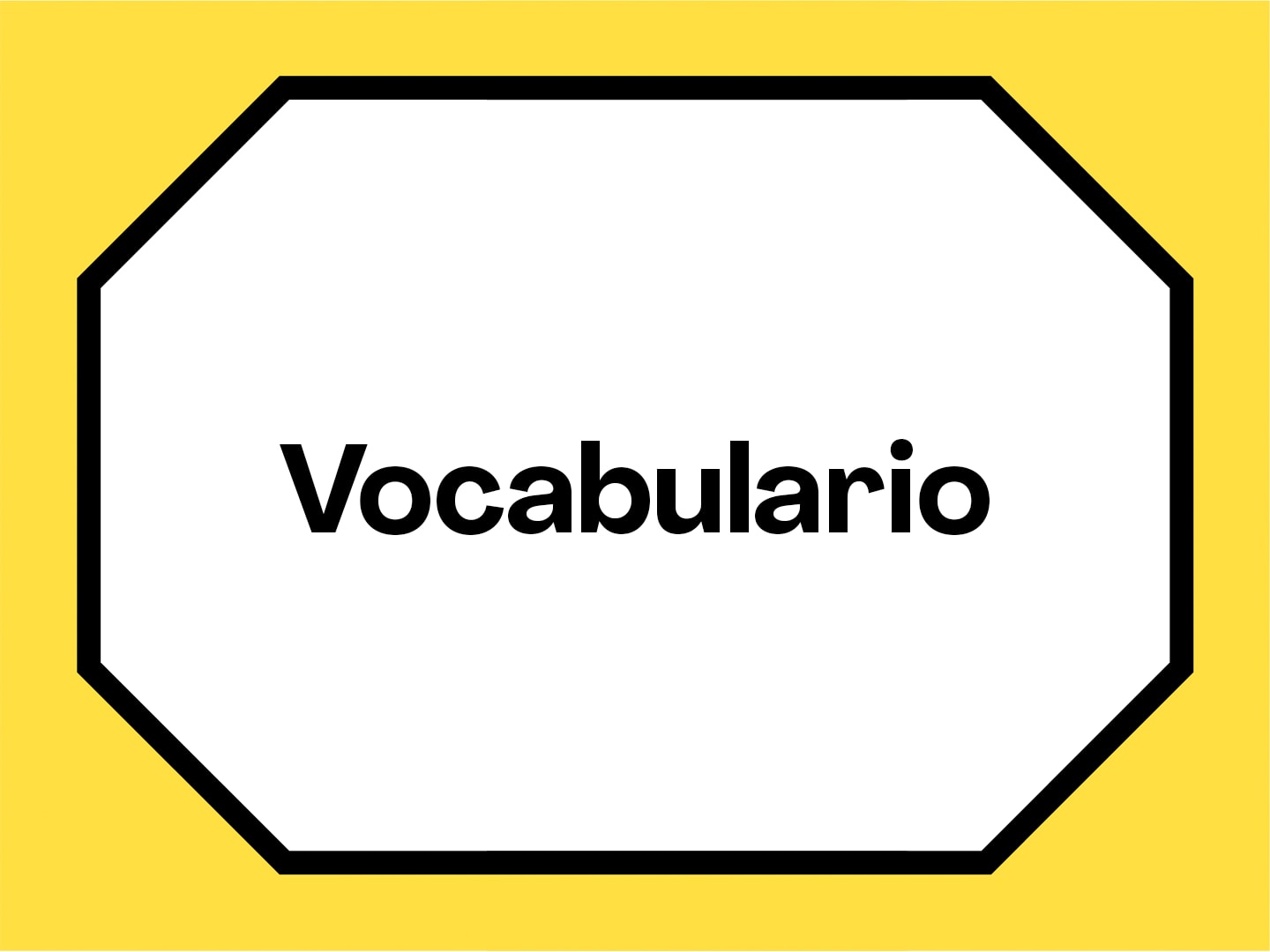
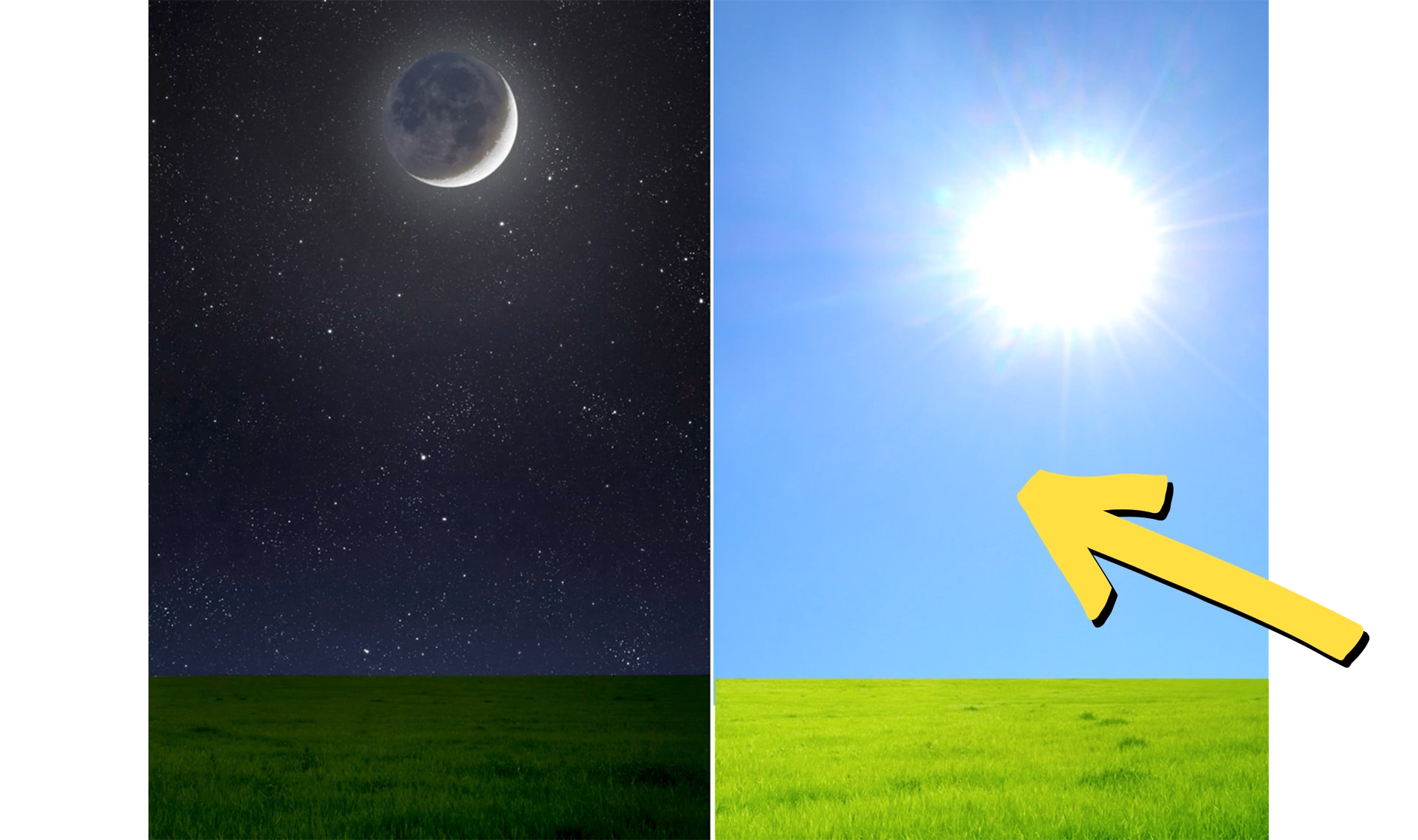
día
1 de 11
la parte del día en la que el Sol está en el cielo
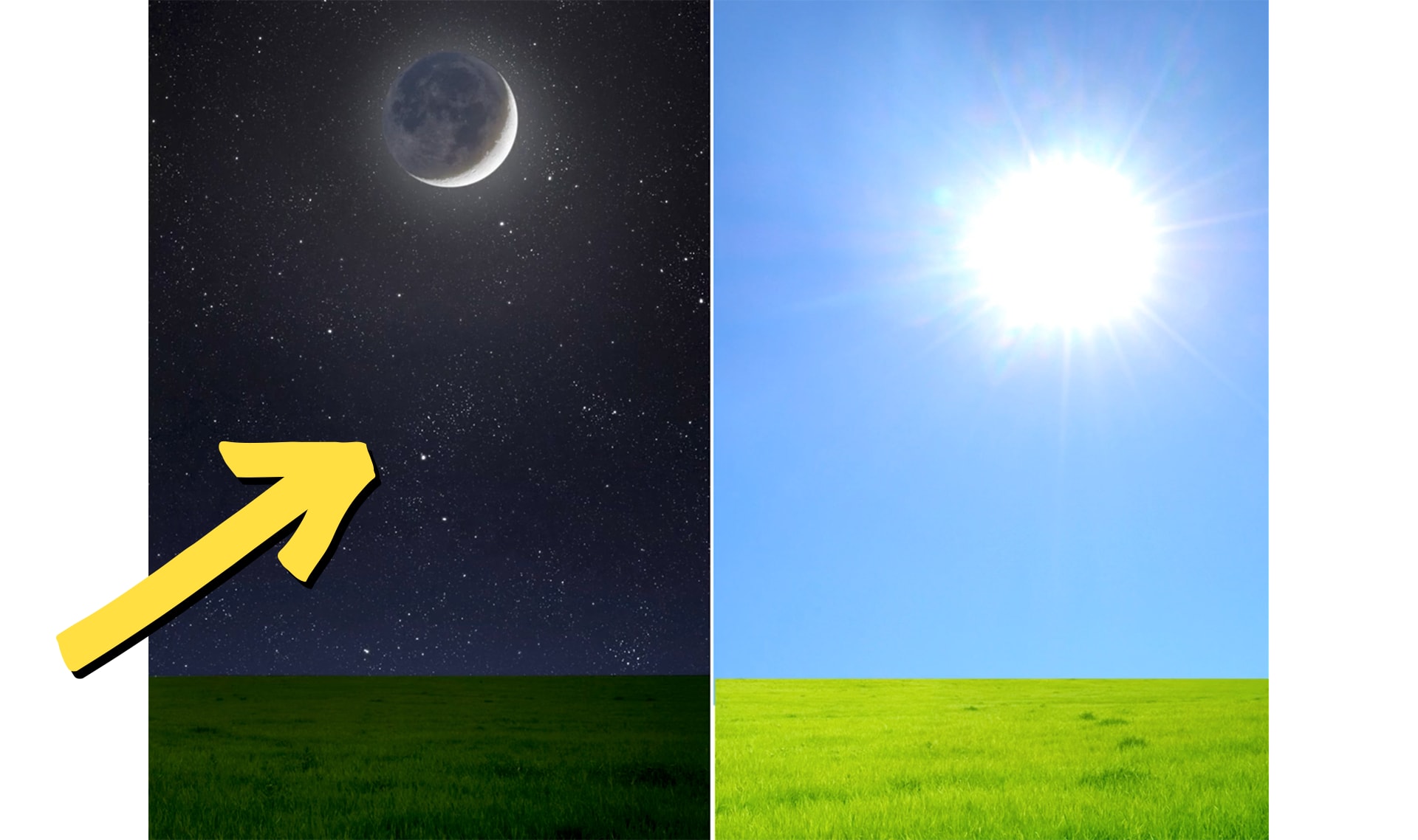
noche
2 de 11
la parte del día en la que el Sol no está en el cielo
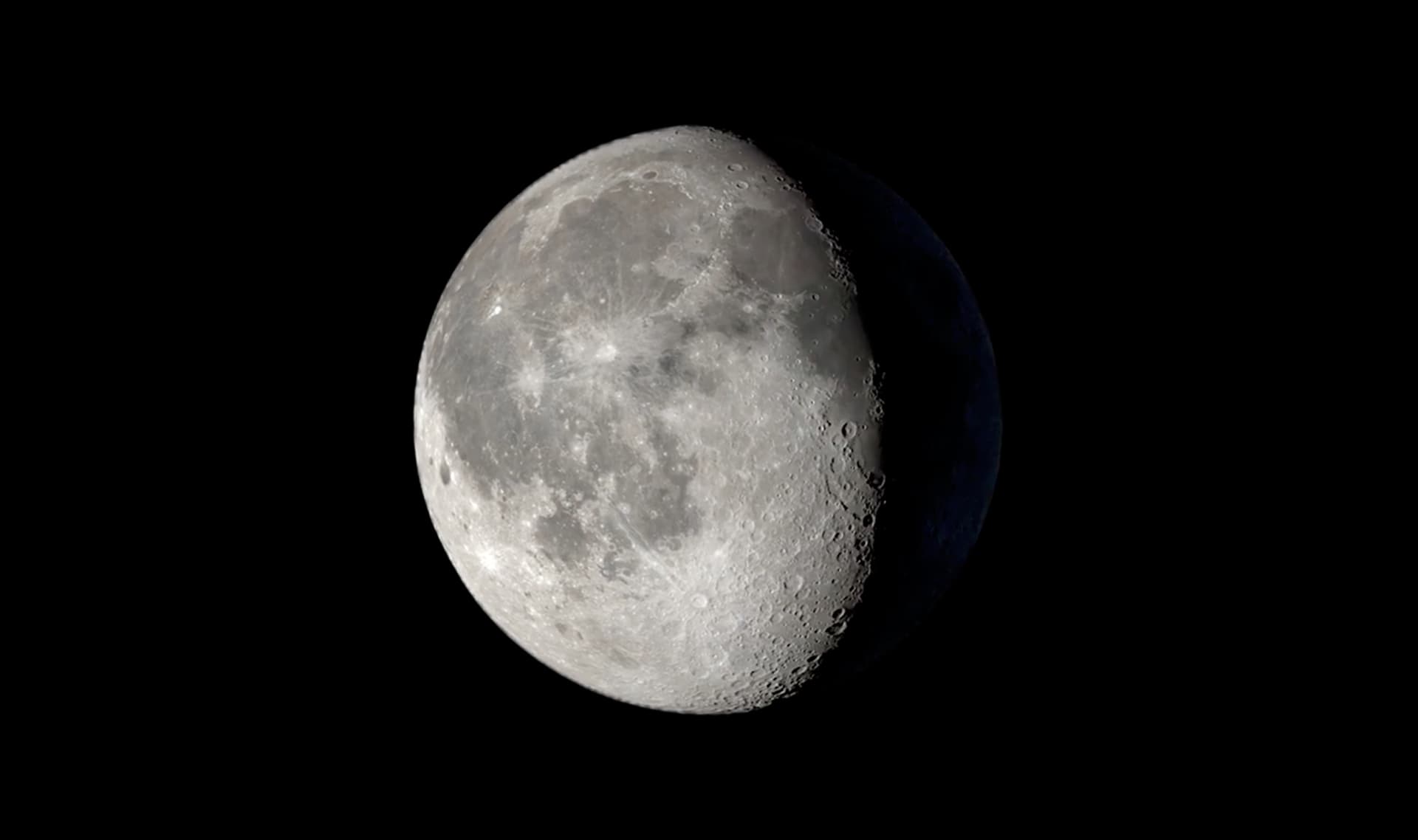
Luna
3 de 11
un objeto grande y redondo que podemos ver en el cielo nocturno
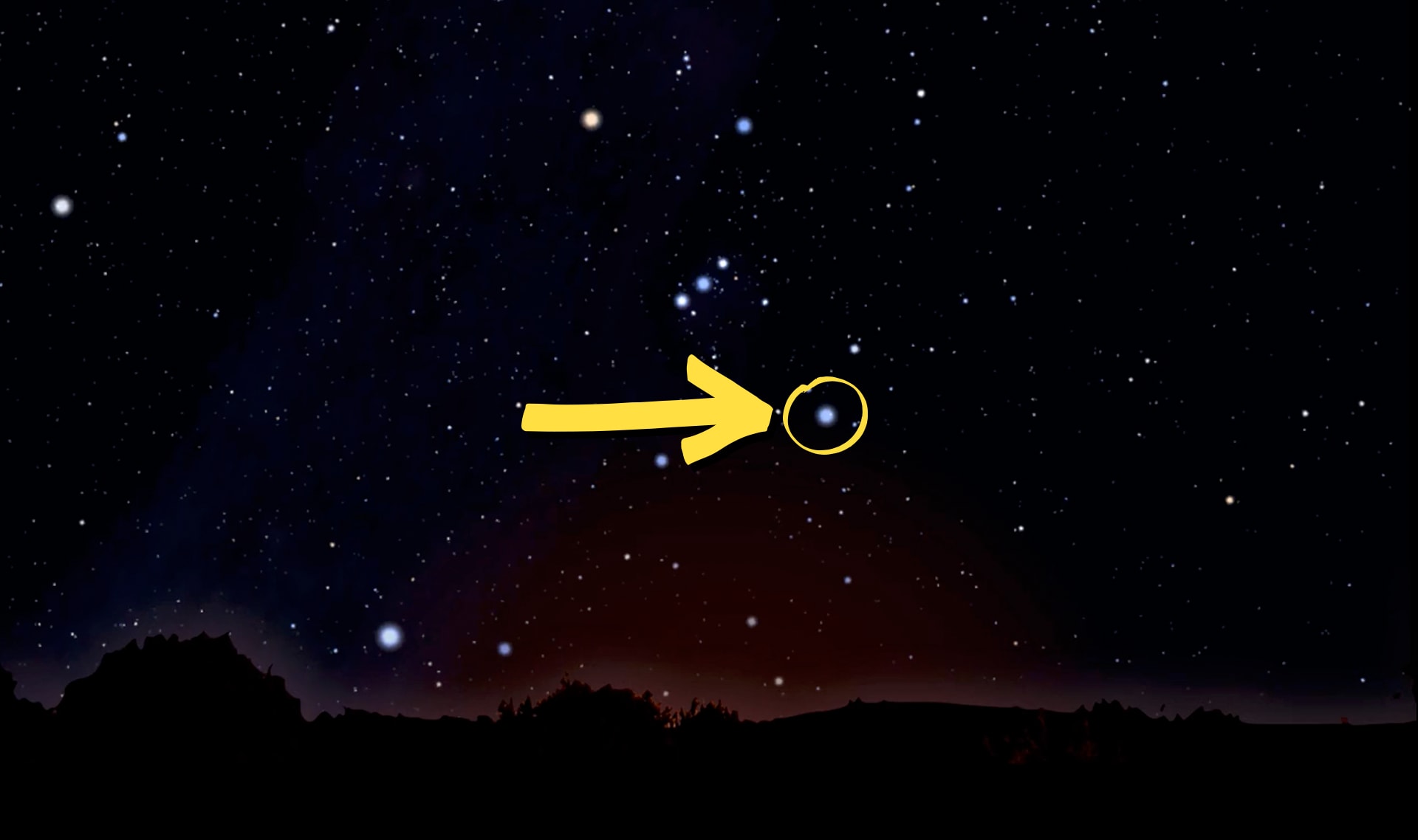
estrella
4 de 11
una luz brillante que se puede ver en el cielo nocturno

astronomía
5 de 11
el estudio del espacio exterior
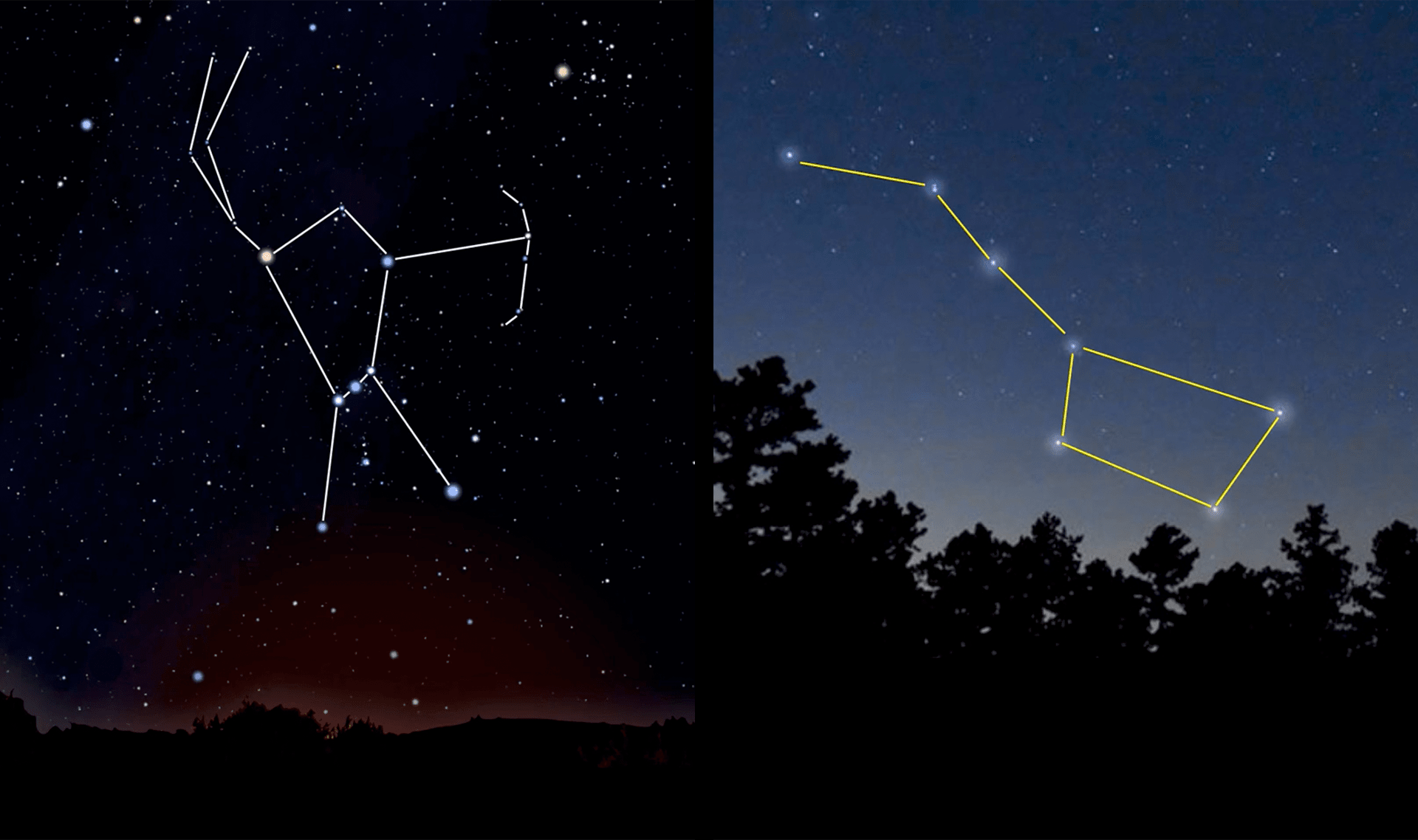
constelación
6 de 11
un conjunto de estrellas que forman una imagen si las conectas con líneas imaginarias
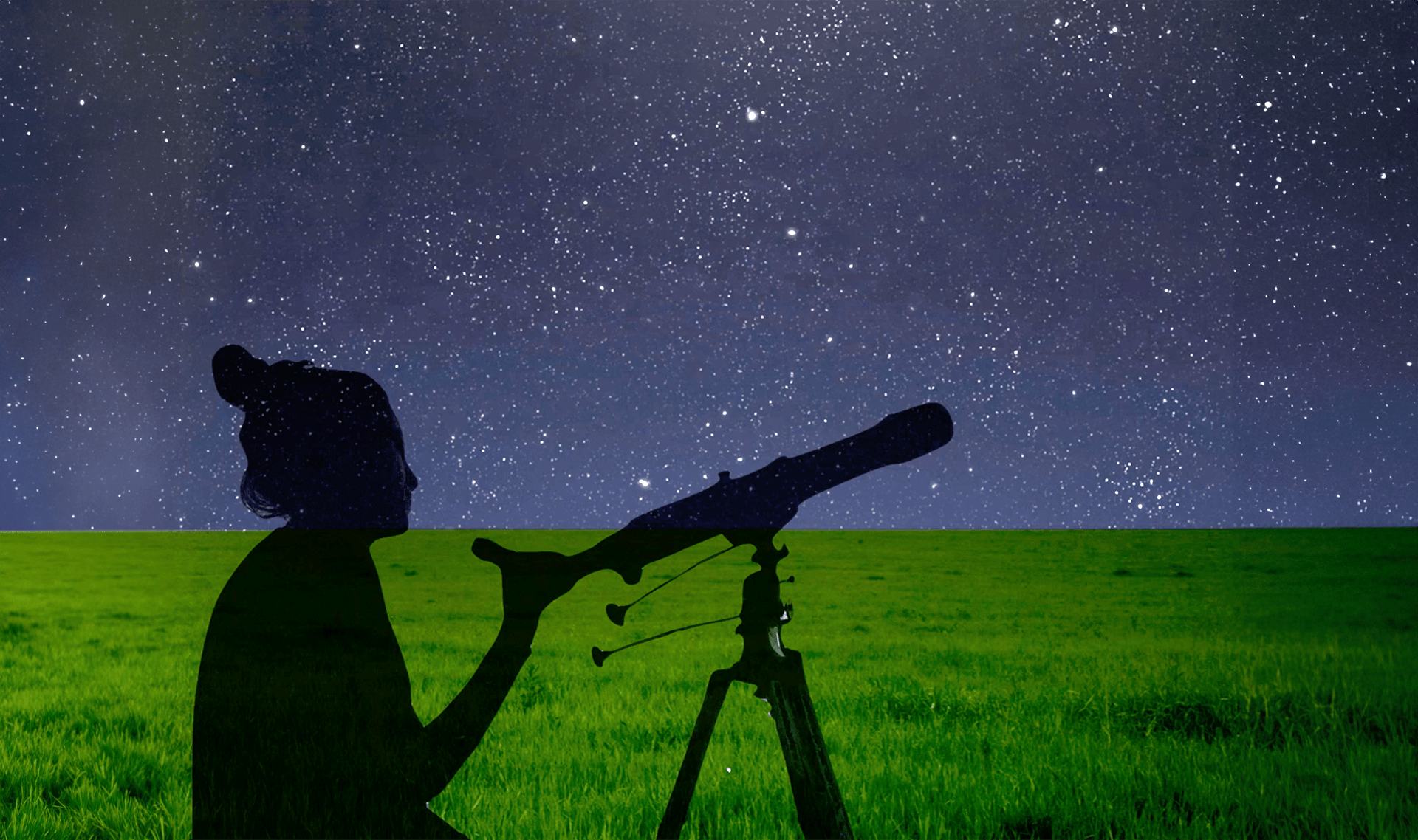
observar
7 de 11
ponerle mucha atención a algo
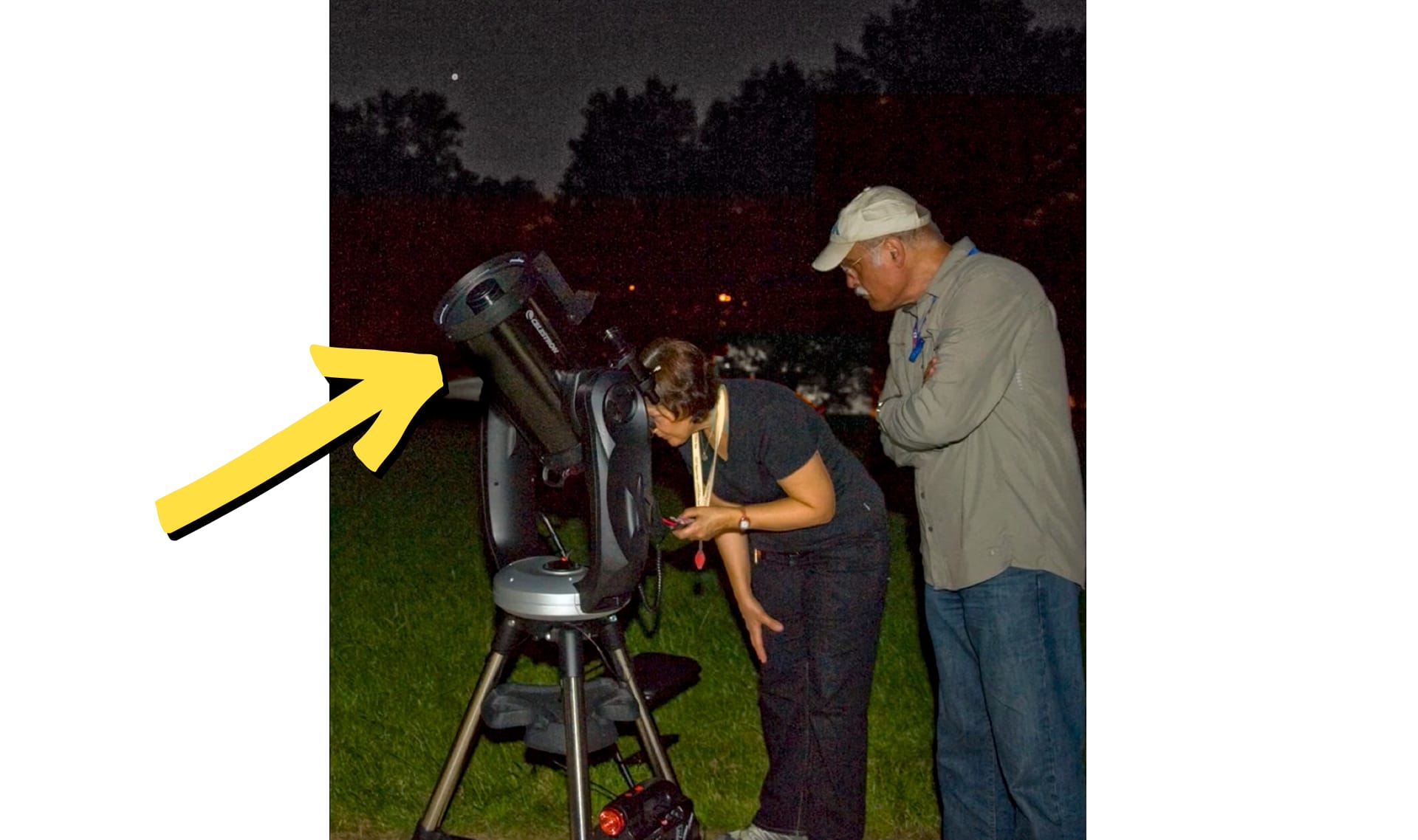
telescopio
8 de 11
una herramienta usada para ver objetos distantes más de cerca, por lo regular se usa para observar objetos en el espacio exterior
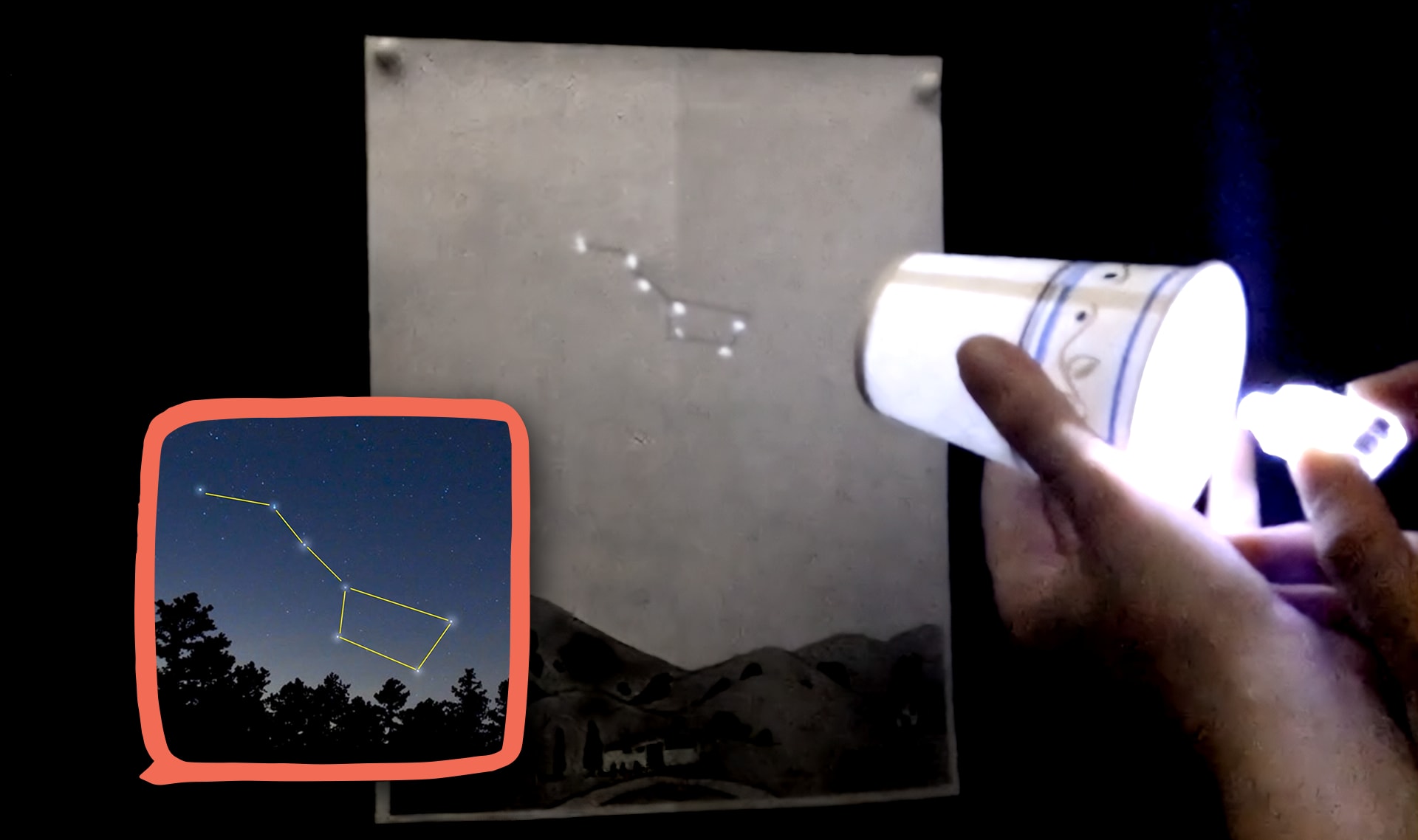
modelo
9 de 11
una versión de mentiras de algo que los científicos usan cuando la cosa de verdad es algo demasiado grande, pequeño, o complicado para poder usarlo en sus estudios

Please wait…
This video is having trouble loading. You may have lost your Internet connection.
Step 1: Click to Reload this page
Step 2: Click to
Try our other video player
Step 3: contact support if trouble persists.
Or,
dismiss this message.
amanecer
10 de 11
cuando aparece el Sol en la mañana

Please wait…
This video is having trouble loading. You may have lost your Internet connection.
Step 1: Click to Reload this page
Step 2: Click to
Try our other video player
Step 3: contact support if trouble persists.
Or,
dismiss this message.
atardecer
11 de 11
cuando el Sol se pone en la tarde
🎉
That’s it for this lesson! How did it go?
Extend this lesson
Sign up now for more great lessons!


